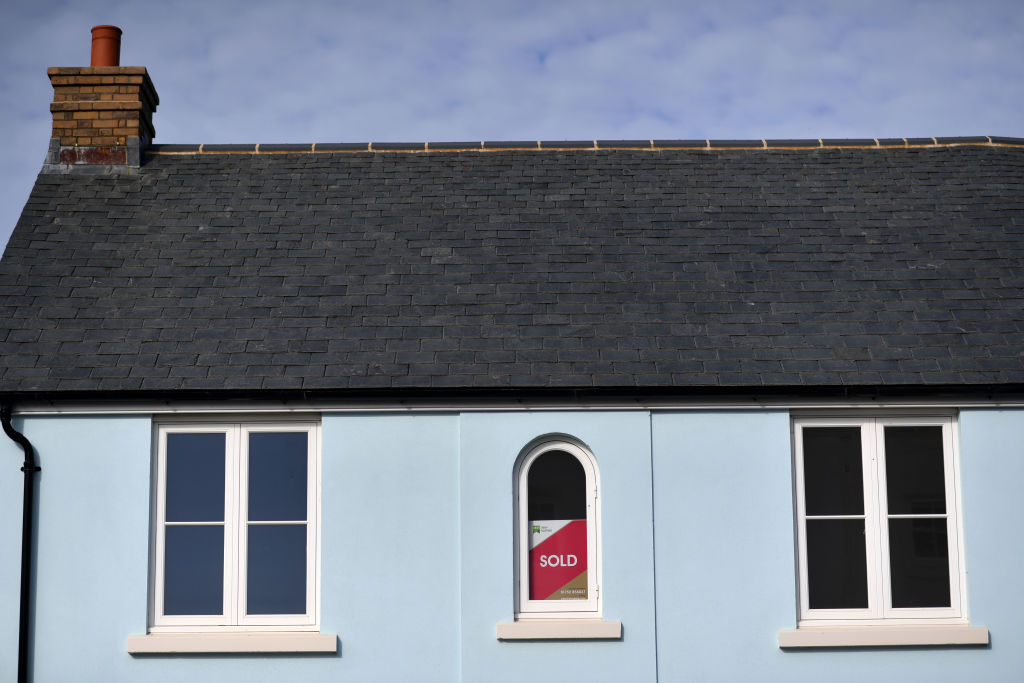Rishi Sunak’s stamp duty holiday has been credited with reviving the property market and blamed for stoking house price inflation, but what has been its effect on the public purse? Remarkably, far from reducing receipts it has actually modestly increased them. In the first quarter of 2021 the public coffers swallowed one per cent more income from stamp duty than they did in the first quarter of 2020, before the holiday was announced on 8 July last year.
How come? Because stamp duty hasn’t been suspended altogether; the upper bound of the nil rate band for people buying a main home has been increased from £125,000 to £500,000. But stamp duty is still payable on properties sold for more than that. Moreover, residential properties bought as second homes or as buy-to-let investments still attract stamp duty of three per cent on top of anything else payable. Meanwhile, the stamp duty holiday has boosted volumes of sales. Sales of residential properties were up 53 per cent in the first quarter of 2021 compared with the same period a year earlier. Result: more sales, less tax paid by individual buyers but more tax raised overall – as well as more people kept in employment thanks to a more active property market.
It really comes down to what the tax is for: is it primarily a source of revenue or is it really just a way of punishing people for buying property?
The stamp duty holiday is a case of the Laffer curve in action. As with any tax, there is an optimum rate for raising revenue. Set a tax rate lower than that and a government will raise less revenue, but set a tax rate above the optimal level and it will also result in lower tax receipts as it begins to dissuade people from indulging in economic activity. What the past year has taught the government is that the optimal level for stamp duty is below the levels of stamp duty that were being levied prior to the pandemic.
In which case, why doesn’t the Chancellor reduce stamp duty for good? It really comes down to what the tax is for: is it primarily a source of revenue or is it really just a way of punishing people for buying property? George Osborne, who as Chancellor was largely responsible for setting the high rates of stamp duty which existed prior to the pandemic was quite open that he saw it as a tool for changing buyers’ behaviour. He wanted to make life easier for owner-occupiers, especially first time buyers, by jacking up the cost of buying investment properties – hence the extra three per cent levied on those purchases.
We can debate as to whether that is a good idea – personally I think that the property market did need turning in favour of first-time buyers in particular. Yet the stamp duty rates for buying an owner-occupied home were still pretty stiff. In some parts of the country the tax bill for buying a pretty ordinary family home was exceeding what the average British worker was earning in a year. As a result, instead of moving home to provide extra room for growing families, or to take up employment in other parts of the country, homeowners were staying put, adding awkward extensions or commuting long-distances – or simply not making career moves at all. Stamp duty wasn’t just an attack on buy-to-let investment; it was an attack on labour mobility – and, therefore, on ‘levelling up’, to use one of the Prime Minister’s favourite expressions.
As things stand, the stamp duty holiday is due to undergo a phased ending between July and October. Its temporary nature has caused panic-buying and, as a result, needless inflation in a market where prices were already very high. There is a clear lesson for the Chancellor: don’t go back to the old rates of stamp duty; reduce it for good to a level where it is raising reasonable revenue but which doesn’t put people off moving home.







Comments